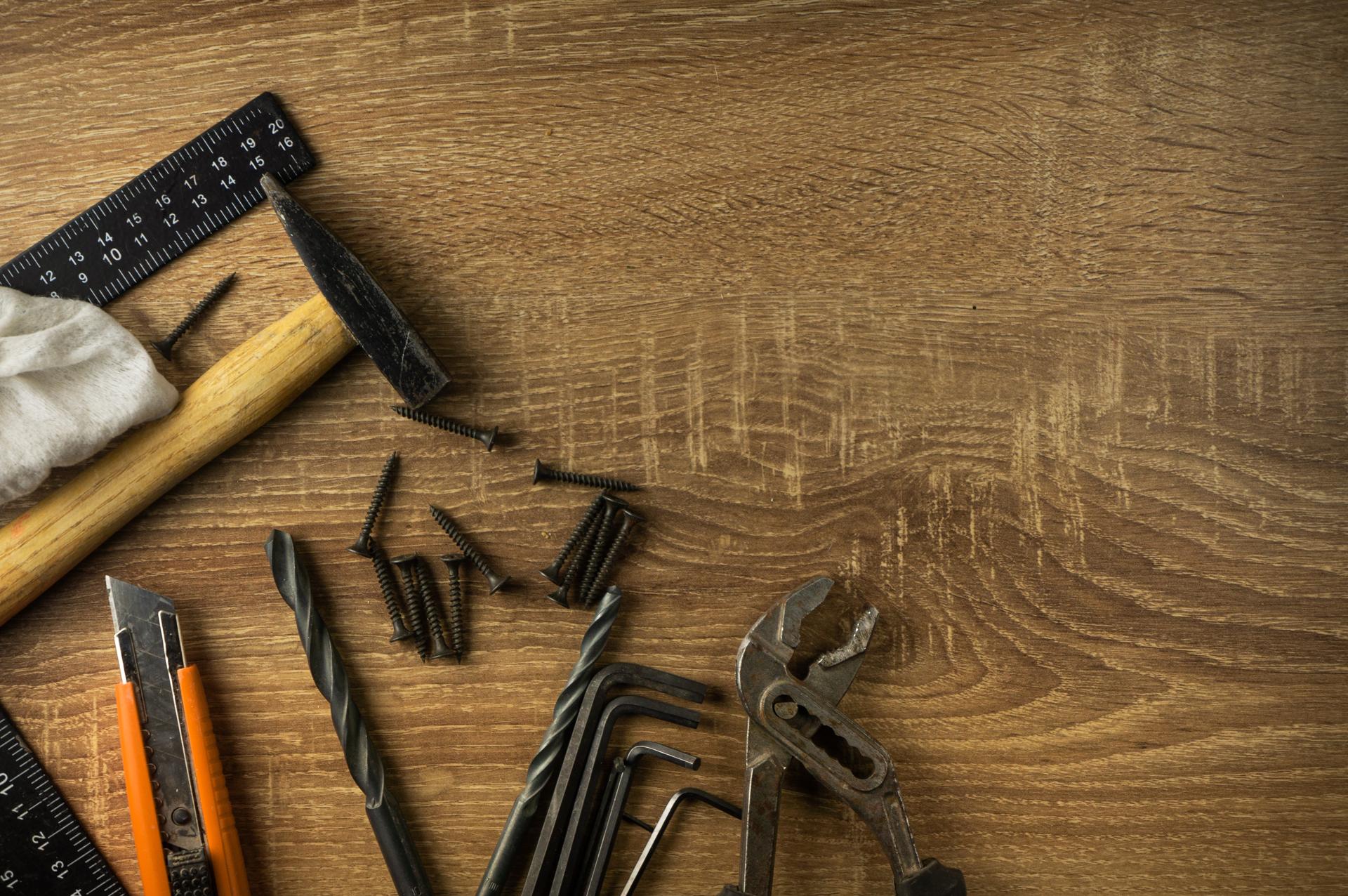Do-it-yourself Plumbing: Tricks and Hacks to Fix Frequent Problems at Home

The plumbing system is an integral element of any household. If they’re not properly maintained they could become a source of many problems which can cause inconvenience and expensive repairs.
However, there are many benefits to learning how to fix minor plumbing issues yourself such as saving money and gaining valuable knowledge. The following article we will discuss common plumbing issues and DIY techniques to fix these issues.
Common Plumbing Problems
Dripping Faucets
Dripping faucets are not only frustrating, but they also use up a large amount of water over the course of. The most typical cause of the faucet to drip is a worn washer, or an O-ring. To resolve this issue switch off the supply of water for the faucet. remove the handle, and then replace the damaged washer or O-ring.
Running Toilets
A running toilet is a common plumbing issue that could waste a lot of water. The most common cause is a faulty flapper valve that isn’t sealing correctly, allowing water to escape from the tank and into the bowl. To fix this issue switch off the water supply to the toilet, remove the tank lid, and change or adjust the valve that seals it.
Clogged Drains
Drains that are clogged can be caused by a variety of factors, including soap, hair, and food particles. To get rid of this problem it is possible to use the plunger or drain snake to clear the obstruction. Alternatively, you can make a mix of vinegar and baking soda to dissolve the clog.
Low Water Pressure
Low pressure water in the pipes can be caused by various causes, including mineral buildup in the pipes or a malfunctioning pressure regulator. To resolve this issue, you can try cleaning the aerator or replacing the pressure regulator.
Tools Needed for DIY Plumbing
For DIY plumbing, you will require a few tools such as an adjustable wrench, a plunger pipe wrench, Teflon tape, and screwdriver. Having these tools on hand can make it much easier to repair minor plumbing problems.
Safety Tips for DIY Plumbing
Security should be top of mind when making any plumbing repair DIY. Some tips for safety to remember include shutting off the water supply before making any repairs, and wearing gloves and safety glasses, and keeping a first-aid kit in case emergency situations.
DIY Plumbing Techniques
To resolve common plumbing issues, you will need to know a few DIY plumbing methods, such as how to turn off water flow or fix a dripping faucet and how to fix the issue of a toilet that is running or unblock the drain, and how to boost the pressure of water. These tips can help you save time and money on minor plumbing repairs.
Conclusion
In conclusion, learning how to fix minor plumbing issues yourself is beneficial in many ways. Not only can it help you save money, but it can also give you an appreciation for your efforts and valuable knowledge. But, for more substantial plumbing problems, it’s better to consult an experienced plumber.
FAQ
Can I fix a plumbing problem myself?
Yes, you can repair minor plumbing problems yourself by learning a few basic plumbing skills.
What are the most common plumbing issues?
The most common plumbing problems include dripping water from faucets, clogged drains, and low water pressure.
What tools do I need for plumbing projects at home?
You will need a few essential tools such as the plunger, an adjustable wrench, pipe wrench, Teflon tape, and the screwdriver.
Is DIY plumbing safe?
DIY plumbing is safe if you follow safety guidelines and take the appropriate precautions.
When should I contact a professional plumber?
You should contact a licensed plumber for significant plumbing issues that require special equipment and experience.
